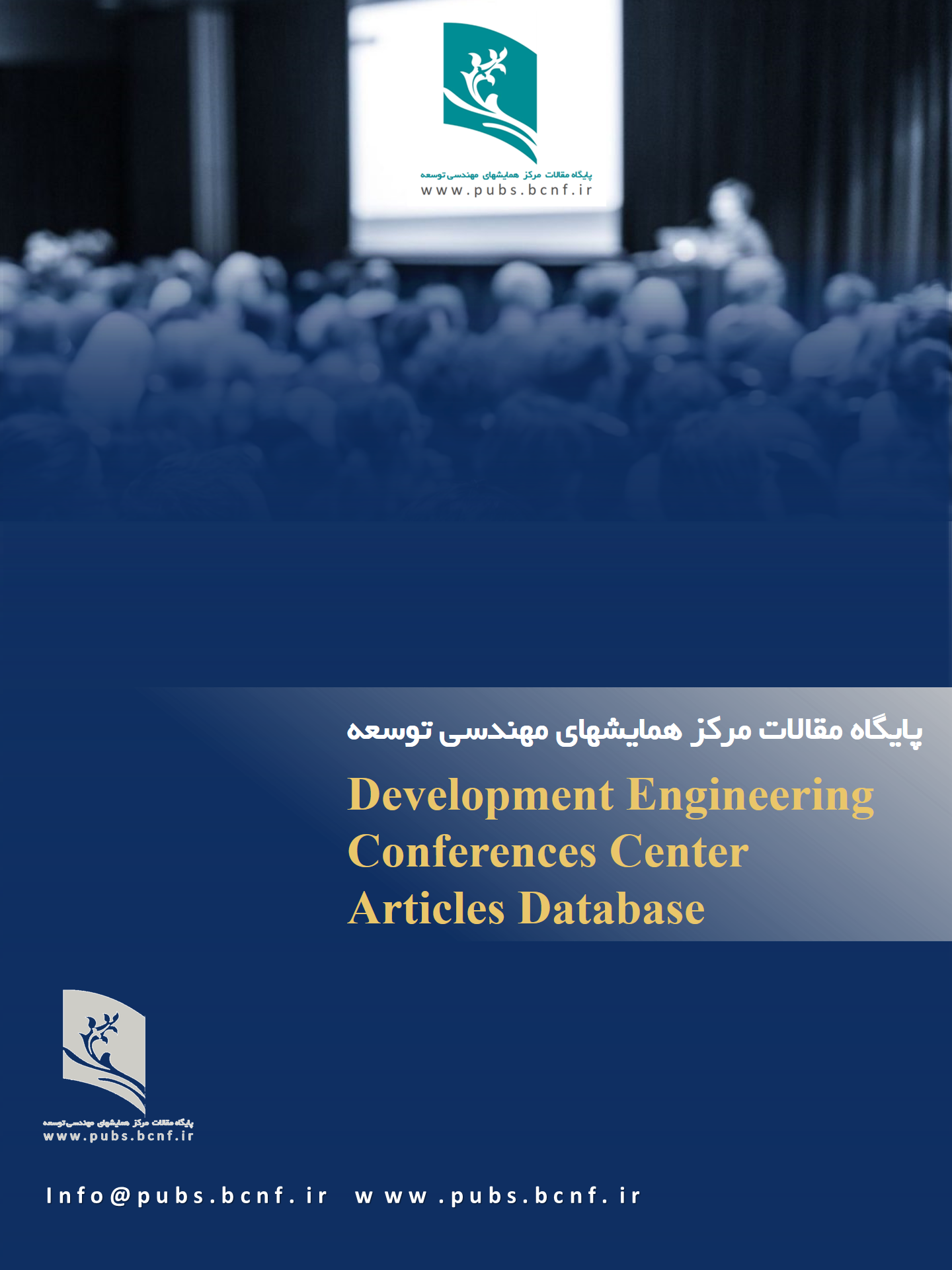Machine Learning-Based Sensitivity Analysis of Soil Ingredients and Soil Mechanical Properties on Tunnel Boring Machine (TBM) Advance Rate
DOI:
https://doi.org/10.5281/zenodo.17056075Keywords:
Tunnel Boring Machine, TBM advance rate, machine learning, Support Vector Machines, soil properties, tunneling performanceAbstract
The prediction of Tunnel Boring Machine (TBM) advance rate is crucial for optimizing tunneling operations and ensuring cost-effective project management. This study investigates the use of machine learning (ML) models, specifically the Random Forest Regressor (RFR) and Support Vector Machines (SVM), to predict TBM performance in heterogeneous soil conditions. By leveraging data-driven approaches, the research provides insights into the factors influencing TBM advance rates, including soil composition, mechanical properties, and operational parameters. A comprehensive sensitivity analysis was performed to identify the key variables affecting TBM efficiency, focusing on soil properties such as cohesion, friction angle, and uniaxial compressive strength. The RFR and SVM were used as the primary ML models to predict the TBM advance rate based on these features. The models were trained on 80% of the dataset, while 20% was held back for testing and validation. Results indicate that these machine learning-based models, particularly the RFR and SVM, offer significant accuracy in predicting TBM performance, outperforming traditional empirical methods. The study contributes to the growing body of knowledge on ML applications in underground construction, with implications for enhancing TBM performance prediction, real-time monitoring, and reducing project risks.
Downloads
References
[1] Hasehmpour, H., K. Mohammadi Atashgah, and M. Karbalaei Rezaei, An investigation into the role of nano-silica in improving strength of lightweight concrete. European Online Journal of Natural and Social Sciences, 2014. 3(4): p. pp. 1058-1067.
[2] Ghousi, R., M. Khanzadi, and K. Mohammadi Atashgah, A flexible method of building construction safety risk assessment and investigating financial aspects of safety program. International Journal of Optimization in Civil Engineering, 2018. 8(3): p. 433-452.
[3] Mohammadi Atashgah, K., et al., Developing a model for time-cost trade-off optimization problem considering overdraft issue in uncertain environments. Journal of Industrial and Systems Engineering, 2022. 14(3): p. 259-279.
[4] Atashgah, K.M., et al., A Development Model for Identifying the Uncertainty Sources and Their Impacts on Bridge Construction Projects. The Baltic Journal of Road and Bridge Engineering, 2023. 18(1): p. 140-166.
[5] Pour, H.H., Study of Parameters impacting productivity of tunnel boring machines. 2017, University of Texas at Arlington.
[6] Atashgah, K.M., The impact of materials cost on the weight of concrete buildings.
[7] Zhang, Y., et al., A Visual Survey of Tunnel Boring Machine (TBM) Performance in Tunneling Excavation: Mainstream Direction, Brief Review and Future Prospects. Applied Sciences, 2024. 14(11): p. 4512.
[8] Afradi, A., A. Ebrahimabadi, and T. Hallajian, Prediction of the number of consumed disc cutters of tunnel boring machine using intelligent methods. Mining of Mineral Deposits, 2021.
[9] Palmstrom, A. and E. Broch, Use and misuse of rock mass classification systems with particular reference to the Q-system. Tunnelling and underground space technology, 2006. 21(6): p. 575-593.
[10] Zhou, J., et al., Optimization of support vector machine through the use of metaheuristic algorithms in forecasting TBM advance rate. Engineering Applications of Artificial Intelligence, 2021. 97: p. 104015.
[11] Fatemi, S.A., M. Ahmadi, and J. Rostami, Evaluation of TBM performance prediction models and sensitivity analysis of input parameters. Bulletin of Engineering Geology and the Environment, 2018. 77: p. 501-513.
[12] Alade, S.M., Correlation of unified and AASHTO soil classification systems for soils classification. Journal of Earth Sciences and Geotechnical Engineering, 2018. 8(1): p. 39-50.
[13] Segal, M.R., Machine learning benchmarks and random forest regression. 2004.
[14] Fili, R., F. Bagherpoor, and K. Mohammadi Atashgah, Developing a new fuzzy inference model for warehouse maintenance scheduling under an agile environment. International Journal of Nonlinear Analysis and Applications, 2024. 16(1): p. 297-306.
[15] Ansari, T., et al., Investigating Effect of Soil Grading Parameters on Tool Wear in Mechanized Tunneling using EPB-TBM Machine. Journal of Mining and Environment, 2024. 15(1): p. 301-321.
[16] Barzegari, G., A. Uromeihy, and J. Zhao, Parametric study of soil abrasivity for predicting wear issue in TBM tunneling projects. Tunnelling and underground space technology, 2015. 48: p. 43-57.



